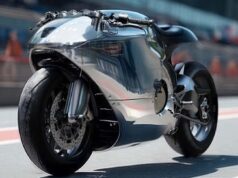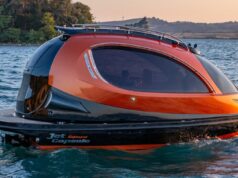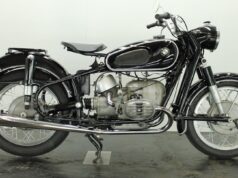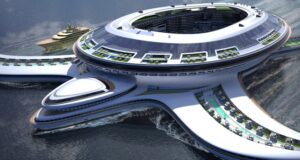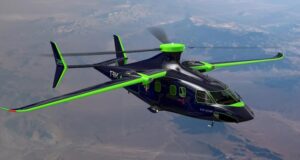The Magnus effect is an interesting concept that has intrigued aerospace engineers since the dawn of the airplane. A lift force acts on the spinning object. The path of the object may be deflected in a manner not present when the object is not spinning.
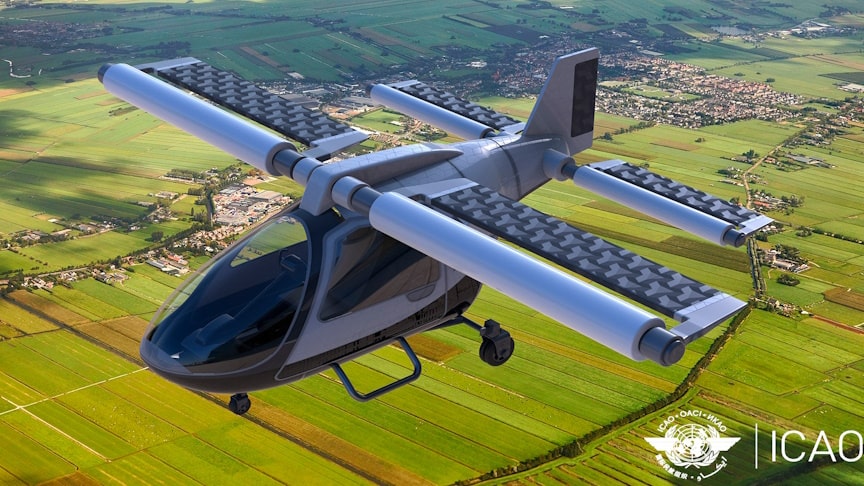
source.image: Jorge Ciprian
The deflection can be explained by the difference in pressure of the fluid on opposite sides of the spinning object. The strength of the Magnus effect is dependent on the speed of rotation of the object.
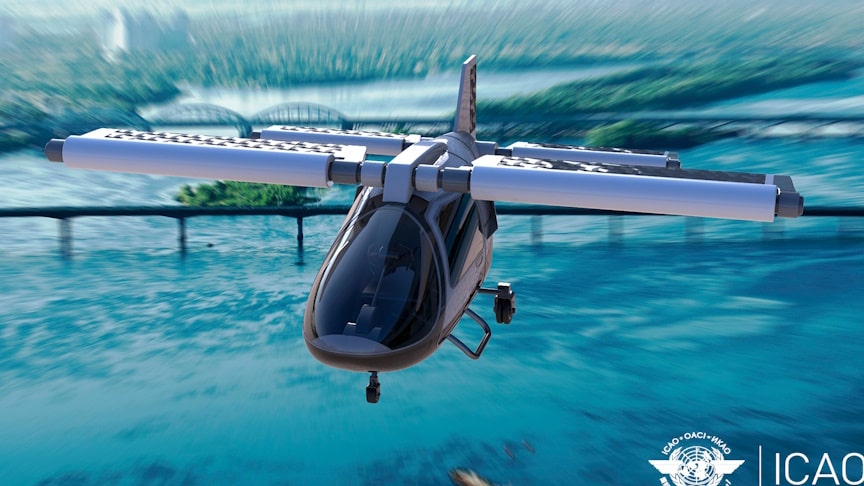
source.image: Jorge Ciprian
This concept aircraft designed by Jorge Ciprian was developed for the ICAO (International Civil Aviation Organization) along with the always present help of Imaginactive concepts. The Vikare is a light aircraft concept that uses the magnus effect to fly.
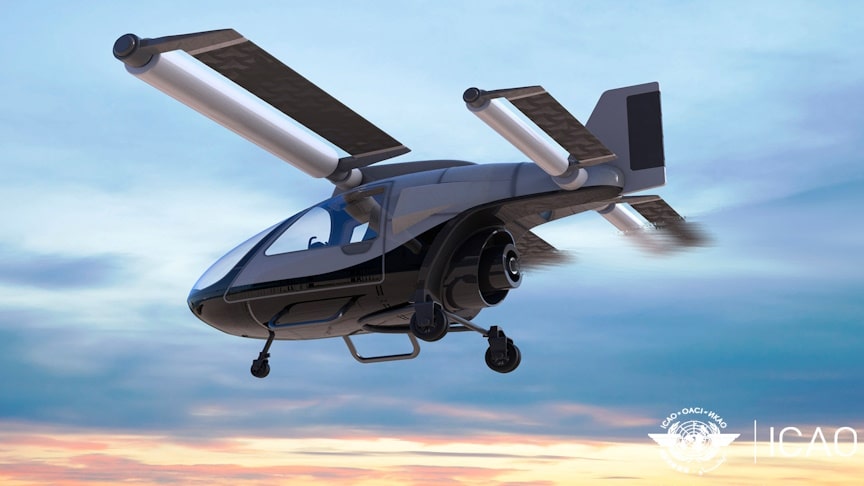
source.image: Jorge Ciprian
It would be equipped with a gas turbine that would provide power to four rotating cylinders to create lift and a rear jet propulsion system.
Advertisement
The rotor comprises a spinning cylinder with circular end plates and, in an aircraft, spins about a spanwise horizontal axis. When the aircraft moves forward, the Magnus effect creates lift.Magnus effect is based on 2 rotating objects to trigger suction on towards the direction of rotation, usually clock wise to generate a bit of lift.
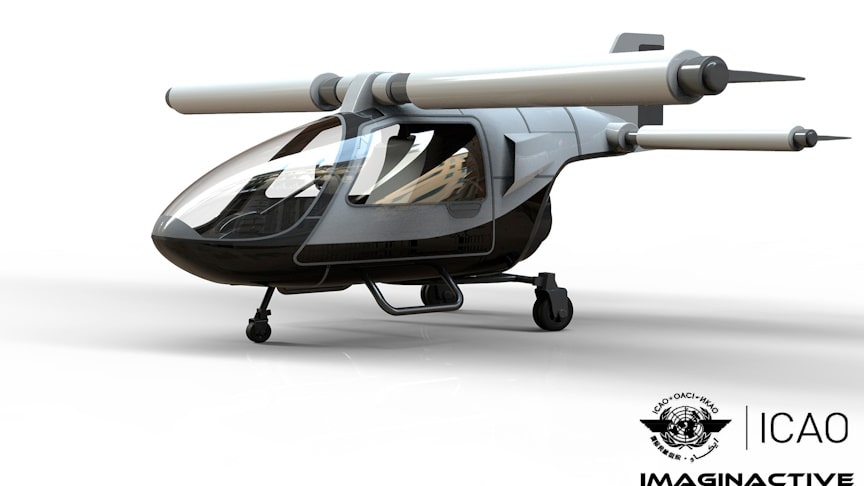
source.image: Jorge Ciprian
It’s all great till it comes to manuvaribility, gyroscopic effect and the effect of tail wind , which will dominate any suction happening in the opposite direction leading to no lift being generated due to pressure diffrential.

